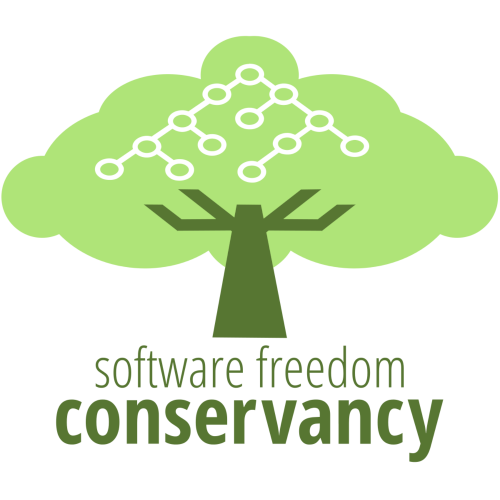Navigate Licensing to Build Embedded Linux Apps
Whether you’re writing something low-level or an application, and whether it’s embedded or in the Cloud, if you use a Linux-based system to do your work, you *will* interact with FOSS (Free and Open Source) licensing.
The great news is that FOSS licenses all give you a broad set of permissions to operate both as a hobbyist and commercially. You can sell products with Linux in it; you freely share your work with others online. However, nearly all FOSS licenses have requirements — usually focused on the policy goals of software freedom. Learn to navigate these licenses: be able to figure out what’s a strong copyleft, a weak copyleft, and non-copyleft license. Learn what’s required by the GPL, the LGPL, and other licenses you’ll encounter in your work. Be educated enough to ask intelligent questions of your company’s legal counsel to figure out why the company FOSS policies work the way they do and even learn a bit to help inform them, too.
After completing this tutorial, students will leave with a foundation of understanding that will help them navigate future questions and issues about FOSS licensing they will encounter on Linux.

Bradley Kuhn
Distinguished Technologist, Software Freedom Conservancyhttps://sfconservancy.org/
Bradley M. Kuhn is the Distinguished Technologist at Software Freedom Conservancy and is editor-in-chief of copyleft.org. As Free Software Foundation (FSF)’s Executive Director from 2001–2005, Kuhn led FSF’s GPL enforcement, launched its Associate Member program, and invented the Affero GPL. Kuhn was appointed President of Software Freedom Conservancy in 2006, was its primary volunteer from 2006–2010, and has been a full-time staffer since 2011. Kuhn holds a summa cum laude B.S. in Computer Science from Loyola University in Maryland, and an M.S. in Computer Science from the University of Cincinnati. Kuhn has a blog, is on pump.io and co-hosts the audcast, Free as in Freedom.
